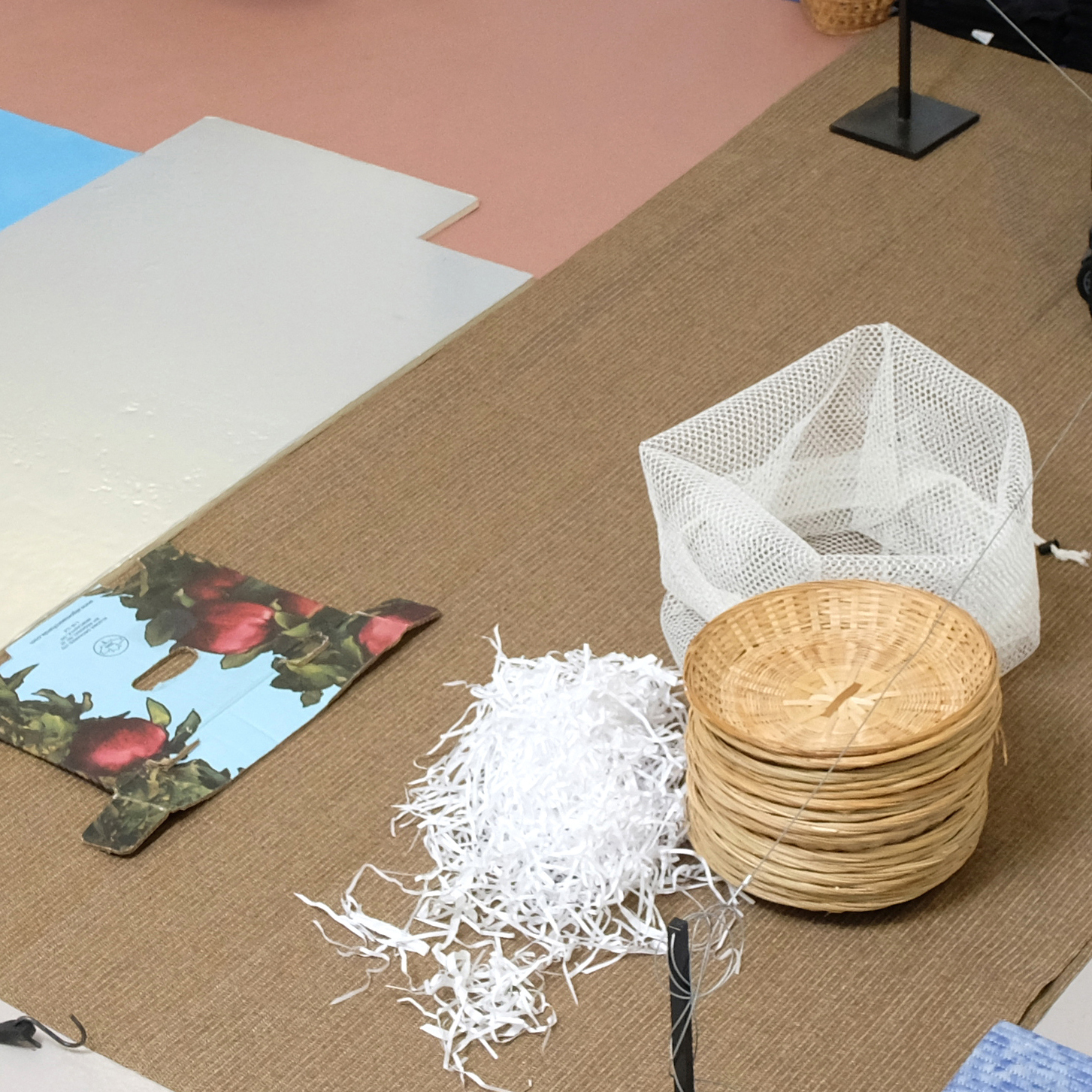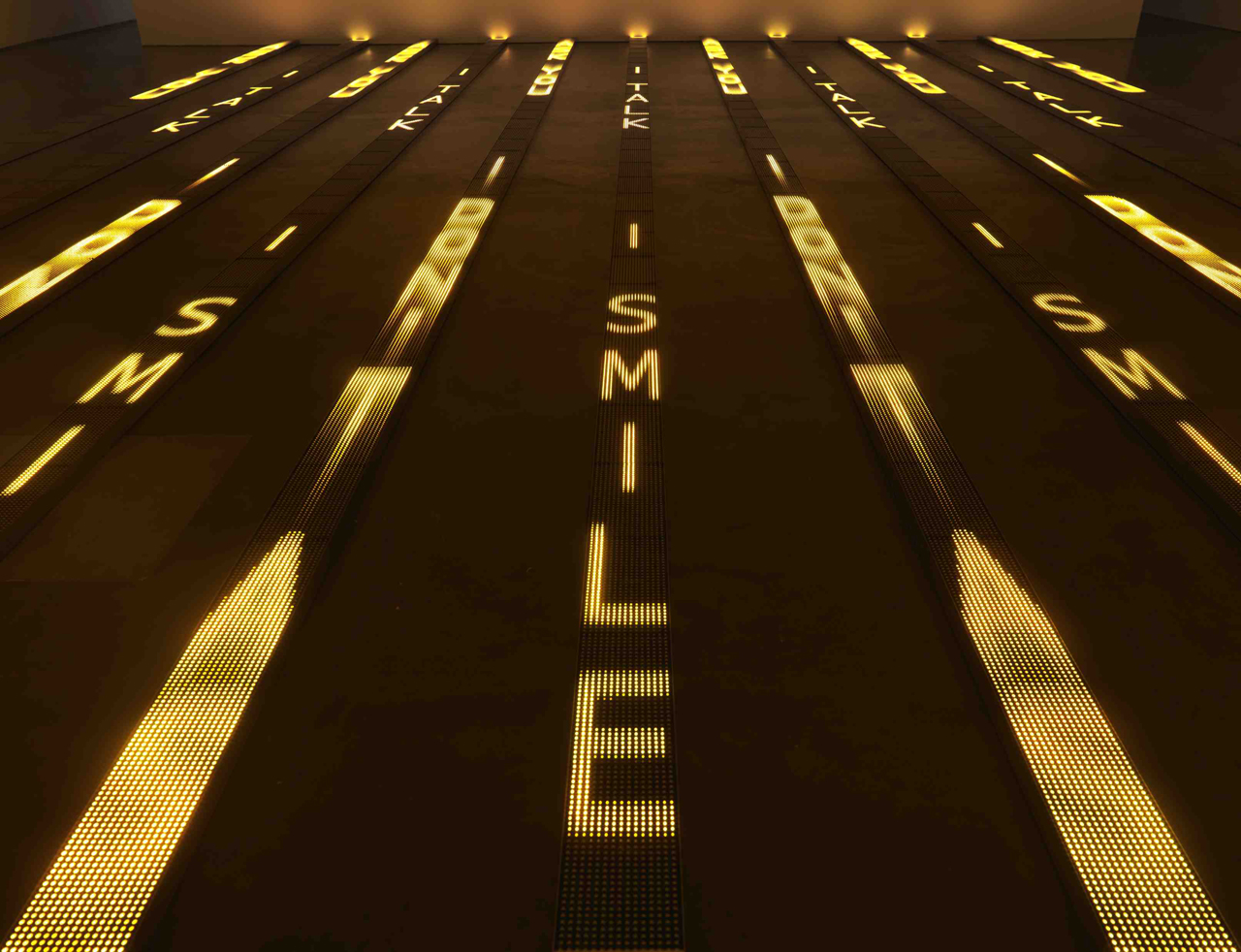
Foundation
Marc Quinn
October 5 → January 6, 2008
Gathering over forty recent works, DHC/ART’s inaugural exhibition by conceptual artist Marc Quinn is the largest ever mounted in North America and the artist’s first solo show in Canada
As part of its public engagement project Incandescences, the PHI Foundation invited four artists to come up with different interventions to reactivate its archives. Designed in conjunction with the Lee Bae: UNION exhibition, Incandescences is inspired by Bae’s use of charcoal: a substance that is the remnant of a combustion and also allows other fires to ignite. Each participating artist combines their artistic practice with tasks related to teaching, research, mediation, or administration. This dual role, which is prompted by both the artists’ desire to actively participate in the formation of a milieu and by the necessity of the tasks that must be done given the precariousness of this same milieu, also evokes charcoal—a material whose uses are as practical as they are symbolic.
Incandescences’ second guest, Marjolaine Bourdua, knows a thing or two about conjoining roles in the art world: she has worked in many institutions in Québec, most notably as a cultural mediator, while maintaining a practice as a visual artist. At the start of the residency, Marjolaine was interested in how we sort things out—an act that is at the core of the Education Department’s archive at the PHI Foundation, where documents, traces of past projects, and various materials can be found. How do we distinguish between what is to be kept and what is to be discarded? Do these things have a life beyond their original use?
Marjolaine designed Joining Barriers, a large ephemeral installation placed in the heart of our education room, that brings together objects from her studio and objects from our archives. This installation can be seen through its photo documentation, presented in a video narrated by the artist. I sat down with Marjolaine to discuss Joining Barriers—both a meditation on the delicate balance between creation and artistic labour, and a vibrant homage to the work of mediation.

Daniel Fiset: What words would you use to describe the result of your research for Incandescences?
Marjolaine Bourdua: I hesitate between two terms. Initially, I had this idea of a visual essay – as a way of testing things out, of working as much in the world of ideas as in the material world. I finally settled on the term “ephemeral installation.” Since the project was not designed to be accessible to the public, it has a transitory character, and since it unfolds in the education room, which has specific uses, it seemed interesting to me to consider it as “installing itself” in the space. The term ephemeral also recalls the nature of the work of education, of mediation, and of collaboration with communities: a form of work with an intangible character, one that is seldom documented. The temporary or evanescent status of the installation echoes these educational practices. In retrospect, I have come to see the installation as a self-portrait consisting of the many hats I wear and inhabited by objects from my studio.
DF: It can also be seen as the portrait of a profession, and the connections between the different practices that intersect in this same profession: artistic creation, mediation, and administrative work.
MB: The invitation offered to me by the Foundation allowed me to explore these ideas further! In the past, I have tended to separate these different practices even though they feed off of each other. But the current context is different, given the crises we are going through and my recent job loss. The moment makes us ask important questions: how do we rethink the work of art? How can we sustain artistic practice on an individual level? Time commitment, budget, work-life balance, survival: these questions, which often stratify artistic labour, are at the heart of the matter. The installation, by bringing together these various fields of action, presents the connections that might have been blind spots initially, but which became visible throughout my exploration.
DF: Can you elaborate on some of the ideas that you explored in the installation?
MB: First, I wanted to reflect on the porosity between all of these practices—a reflection that allows for a bird’s eye view of my life, and that is also intimately linked to my role as a parent. The experience of motherhood was particularly trying as an artist: I experienced the difficulty of returning to my practice after a break that was longer than I had anticipated. Much of my art practice is still about preserving, creating, and nurturing a space where things can happen. Most of my resources are devoted to taking care of that space, almost as a sort of permaculture.
I have long imagined boundaries erected between different areas of my life. Over time, these boundaries become more and more porous: I can bring my child to the studio, for example. I see that the different spheres I occupy are interrelated. You also pointed out to me that there are many receptacles in the installation. This is an interest I have that is present in my work as a whole, like when I use found bottles, or woven baskets: the containers are what allow us to receive. Some are open, porous; they breathe, like soils from which we can then organize things differently.
In this video narrated by Marjolaine Bourdua, you will find photo documentation of her ephemeral installation entitled Joining Barriers.
Marjolaine Bourdua is an artist and cultural worker based in Tiohtià:ke/Mooniyang/Montreal. In her sculptural process, she interrogates the tensions inherent in mass culture by examining the material history of things. Her recent projects address themes of transmission and manual processes in a context of acceleration and digital revolution. The artist holds a bachelor’s degree in visual and media arts from UQAM as well as a graduate degree from the Villa Arson in France. She is a member of the Centre CLARK and has contributed to numerous projects in the mediation of contemporary art in both museum and community settings. Her teaching practice is an extension of her artistic approach.
To learn more about the projects of the other guest artists, please visit the Incandescences public engagement project webpage.
Author: Daniel Fiset
Daniel Fiset is a cultural worker based in Tiohtiá:ke/Mooniyang/Montreal. Holding a Ph.D. in art history from Université de Montréal, he has collaborated with numerous Quebec and Canadian institutions in the field of visual arts, including OPTICA, esse arts + opinions and the Musée d'art contemporain des Laurentides. He is currently the adjunct curator for engagement at the PHI Foundation for Contemporary Art, and curated the 2021 PHI MONTRÉAL exhibition.

Foundation
Gathering over forty recent works, DHC/ART’s inaugural exhibition by conceptual artist Marc Quinn is the largest ever mounted in North America and the artist’s first solo show in Canada

Foundation
Six artists present works that in some way critically re-stage films, media spectacles, popular culture and, in one case, private moments of daily life

Foundation
This poetic and often touching project speaks to us all about our relation to the loved one

Foundation
DHC/ART Foundation for Contemporary Art is pleased to present the North American premiere of Christian Marclay’s Replay, a major exhibition gathering works in video by the internationally acclaimed artist

Foundation
DHC/ART is pleased to present Particles of Reality, the first solo exhibition in Canada of the celebrated Israeli artist Michal Rovner, who divides her time between New York City and a farm in Israel

Foundation
The inaugural DHC Session exhibition, Living Time, brings together selected documentation of renowned Taiwanese-American performance artist Tehching Hsieh’s One Year Performances and the films of young Dutch artist, Guido van der Werve

Foundation
Eija-Liisa Ahtila’s film installations experiment with narrative storytelling, creating extraordinary tales out of ordinary human experiences

Foundation
For more than thirty years, Jenny Holzer’s work has paired text and installation to examine personal and social realities